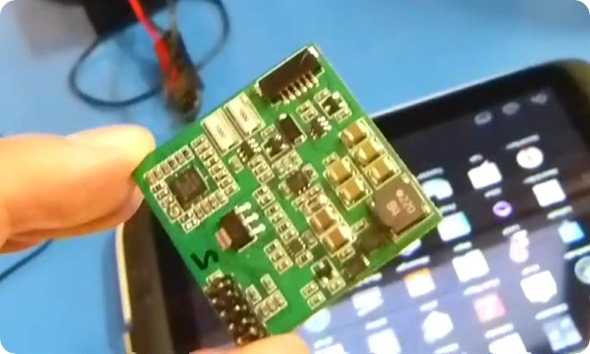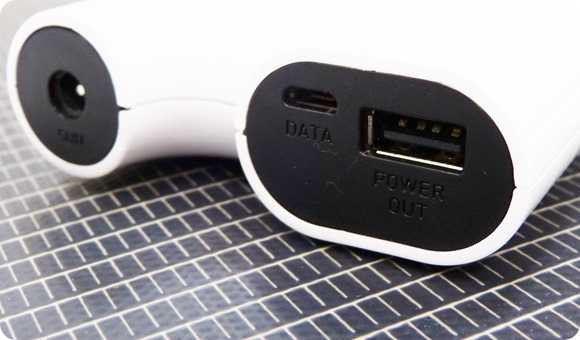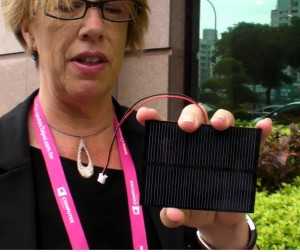One of the problems of powering laptops and tablets by solar is that you need a buffer between the module and the device in order to protect the device against wild voltage variations. Often that’s a lithium ion battery pack. In many cases the battery pack doesn’t take full advantage of low-current situations at the start and end of the suns journey across the sky. Diamond Creek is a module in development at Intels labs that solves this problem.
Tag Archive | "solarumpc"

Changers Solar Kit Review. 4W Panel, 16Wh Charger
Posted on 19 June 2013
Using the sun to power consumer electronics is horribly inefficient and expensive but as technology advances, the process gets a lot better. PCs are running in 5W now compared to over 10W just 5 years ago. Screen technology is getting more efficient and the solar equipment used to collect and store the energy from the sun is getting better. Solar panels are still expensive and inefficient but Changers have put together a solution that’s intelligent, easy, fun and not too expensive. It doesn’t quite deliver what it should and it’s not up to powering any sort of PC solution but it’s fun and easy to use for smartphone-like charging operations.

Changers Smart Solar Kit Arrived
Posted on 13 March 2013
The Changers solar panel, power pack/data logger and community is an interesting concept and, I think, a well designed product. Lithium battery charging and solar power don’t fit together easily but when they do you have the potential to get a powerful and lightweight solution. The equipment arrived today, it’s in working order and over the following weeks i’ll be doing some testing.

Changers Smart Solar Charging Kit and Community
Posted on 05 March 2013
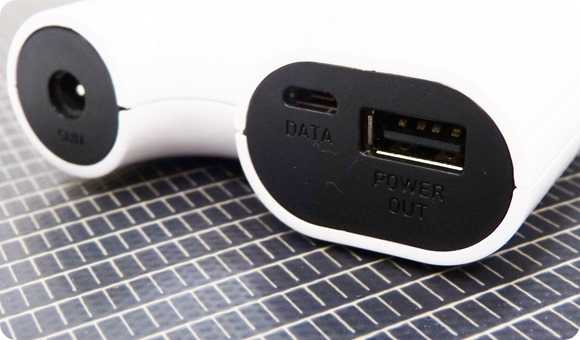
The consumer-focused solar charging sector has been damaged in recent years by the influx of cheap China-manufacture red solar chargers that really don’t do what they say. This solution from Changers.com is in a different league. I had the pleasure of speaking to the founders today and got a bit of tech talk in. What I found out got me excited about doing another solar computing tour because the intelligent power pack is one of the best i’ve seen. I want to pair it with the Lenovo Lynx PC. Clovertrail is perfect for travel computing and the Lynx even charges via micro USB. In theory, one 4hr charging session will charge about 60% of the Lenovo’s internal battery for about 4hrs of work. 1hr charging for 1hr computing is a real groundbreaking achievement, if it works.
Read the full story
Consumer Solar Kit Gets Cheaper
Posted on 22 August 2011
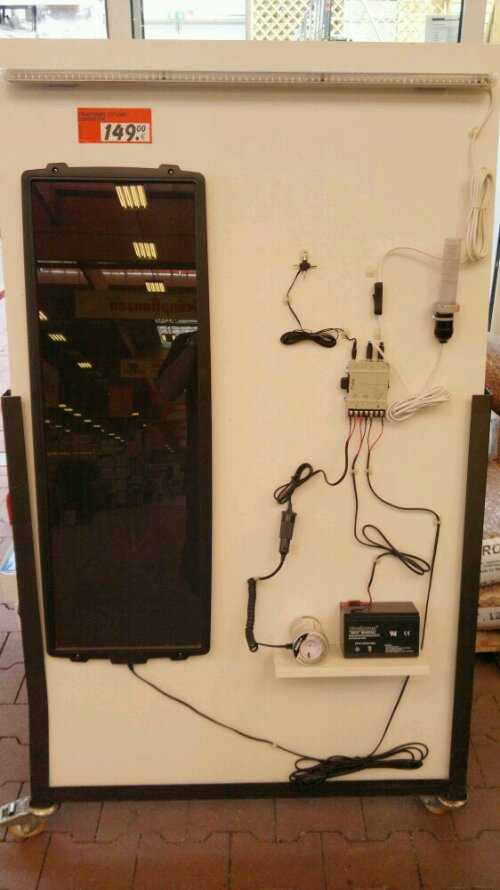
Spotted in my local hardware supermarket today was a surprisingly cheap 12v solar kit.
The 15w solid panel was packaged with a regulator / converter that had various output voltages, two led lighting solutions and a 7ah 12v battery. The 220v inverter shown in the image was not included in the kit.
The price? A reasonable €149
While the build quality didn’t look that great, this would still be a good purchase for emergency use.
The price also indicates that some mass manufacturing is starting for the consumer market now. Certainly the Summer 2011 edition of a local electronics catalogue shows way more solutions and products than just a few years ago.
Have you seen more consumer solar equipment for sale this year?

NC215S Samsung Netbook with (Est… 4W) Integrated Solar Panel.
Posted on 20 June 2011
Samsung make, in my experience, some of the most efficient netbooks and laptops in the market. Over the last 5 years I’ve repeatedly seen idle / background drain figures that are better than anything else which is why I’m looking forward to testing the Samsung TX100 when it launches. Based on Intel’s Oaktrail it should be capable of some extremely low power drain and as a travel PC for use with solar or other alternative energy sources, nicely positioned.
There’s another Samsung netbook out there though that has taken the alternative energy idea one step further. Meet the NC215S with integrated solar panel.
The NC215S is for African, Turkish, Slovakian, Russian and other markets initially and although there’s no indication of the size of the power of the panel, I would put it at a maximum 4W which, given a 75% charge efficiency, would be enough to meet the claim that 2 hours in the sun can provide one hour of operation. These devices operate in about 8-10W of power.
Update: This is coming to the US market too for a suggested retail price of $399. Liliputing have the details.
It’s interesting that Samsung have chosen to go with an Intel platform (N455 or N570 Atom)with rotating hard drive and traditional LED-backlit screen for this because there are certainly better Intel platforms and better storage and screen technologies that could be used. I wonder whether this is mainly a play for a low-emissions computing vote. Still, it’s a start and it means that at least one major computer manufacturer isn’t scared to take a risk with a new design and, come Oaktrail, this could be improved very easily.
The N215S will launch in August for around $500, a $200 premium over a basic netbook which, incidentally, is enough to buy a 24W solar panel and a long cable that could keep you in the shade while the device, and a few others, charge. ;-)
Via netbooknews. Source: Samsung

Tablets and On-Device Solar Power
Posted on 04 June 2011
How close are we to powering our tablets with on-device solar cells?
In a recent test I ran a tablet connected to the internet at an average 200 mW. That’s screen off, wifi connected and polling in the background to update emails, location, twitter and other processes. It’s nothing really surprising because most of the tablets are built on smartphone technology. With the screen on though, usage will jump about 5-7x and if you push the CPU and add 3G you can reach 20X that power drain. Still, running everything in 4W is still impressive. It’s just a shame that 20-30% of the in-use power and about 70% of the idle power when the screen is on is used by the screen itself. LED-backlit technology is getting better but only in small amounts. What if you could use ambient light for the screen, just as we do when we read a paper book?
Pixel Qi is one company that are developing these ‘transflective’ screen technologies and in an interesting interview I saw today, Mary Lou Jepsen, the founder, talks about using solar energy to power a low power tablet with a Pixel Qi screen. By combining transflective screen technology with a low power tablet, you’re talking about 1W of power in idle, screen-on situations.

More Thoughts on a Solar PC for 2011
Posted on 30 January 2011
Looking back on the date of my previous post about a Solar, mobile PC for 2011 I think its time for an update.
Firstly, WOW!, the Galaxy Tab is working out amazingly well for me as a productive device and PCs just can touch it in terms of social apps, location, tracking and microblogging. I’m still using my netbook for long-form writing but as time goes on, I’m writing longer and longer pieces on the Galaxy Tab.
As for battery life, the Tab is returning a minimum of 7 hrs (that’s a hugely busy day on it) and a maximum of 2 days. The battery inside is 10wh which is 1/5th of the battery on a 7hr netbook. With a charging voltage of 5v at around 1500mah it’s something that can be run from 500gm of power pack for a week. Wherever you are in the world, are you going to be away from a source of mains power for that long? The only problem is that the charger is fairly unique in delivering a quick-charge via up to 2A over a USB port. You will have to search long and hard for a solar-powered or battery pack solution to support that. The only option is to trickle charge it from a standard USB port overnight. It really does take that long but it might work for you. With a 420gm weight, no moving parts, a Gorilla Glass hardened screen and a good range of cases and covers available, I won’t hesitate to recommend it to travellers.
If you really need Windows though, you might want to wait a few months. I saw a some new ultra-mobile PCs based on the Intel Oaktrail platform at CES in Jan and the efficiency is looking good. Samsung will be launching the TX100 (aka Gloria and PC7 Series) in March and the message from Samsung is that you’ll be getting 9hrs battery life in under 1kg with an SSD, 2GB of RAM. It’s the perfect setup for some ultra-mobile and ultra low power computing. The screen is somewhat exposed as it’s got a tablet/sliding keyboard form factor but that’s the only thing that causes me any concern. Expect something in the region of 45wh on the battery capacity though. This is no smartphone!
Finally though, we’ve seen some indicators that more smart-books could launch in 2011. Honeycomb, the tablet-oriented version of the Android operating system will support multicore ARM architecture and should stimulate developers to make more pro-oriented apps. Expect the pricing of these ‘HD’ apps to be more than you’re used to on a smartphone but don’t expect anything near the prices you get charged on Windows. Devices like the 7hr, 800gm, Toshiba AC100 would come of age if Honeycomb got ported to them and then things would get interesting. The AC100 has a 15wh battery and costs around 200 euro!
2011 will be a great year for low power computing and for those that have occasional access to mains power, maybe that solar requirement will drop away as we move within the 10wh / day requirement. Off-the-power-grid computing will be easier than ever.
I hope to do some off-the-grid travelling during the summer and of course, ill report here if I find anything of interest in the meantime.
[This post written in portrait/thumbing mode on the Samsung Galaxy Tab using the WordPress application.]
 |
| |||
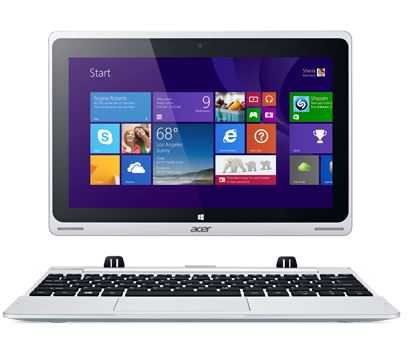 |
| |||
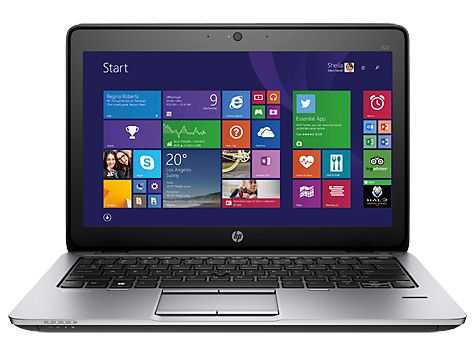 |
| |||
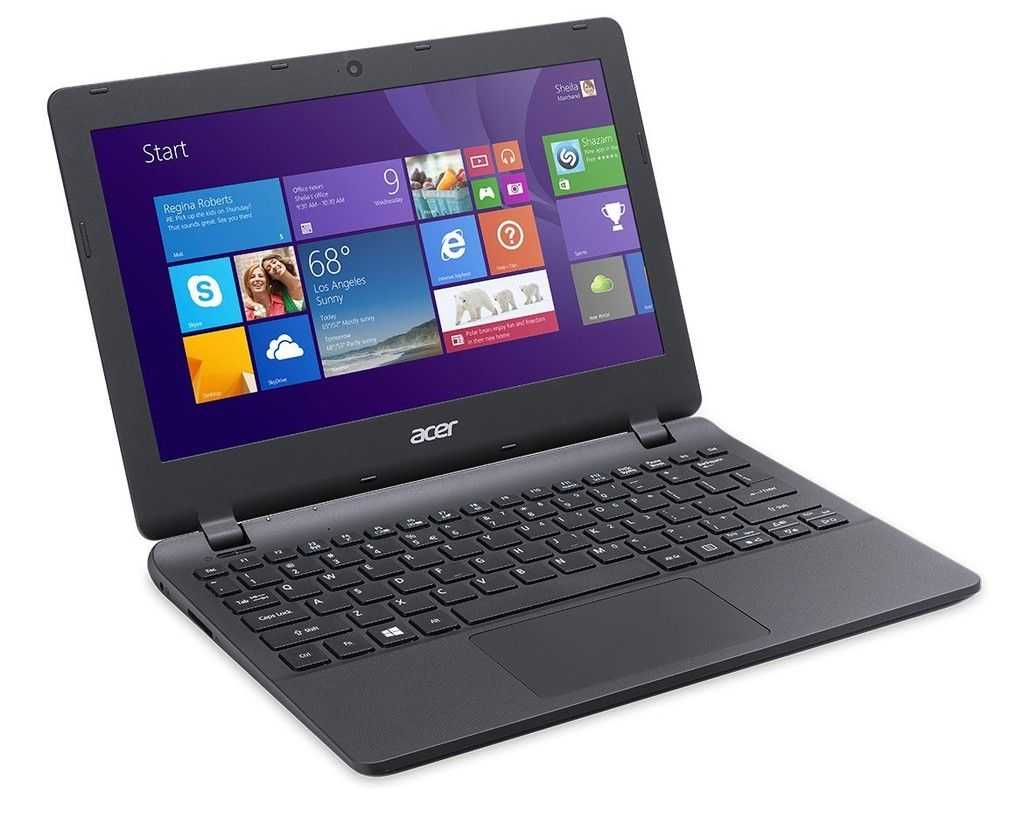 |
| |||
 |
| |||
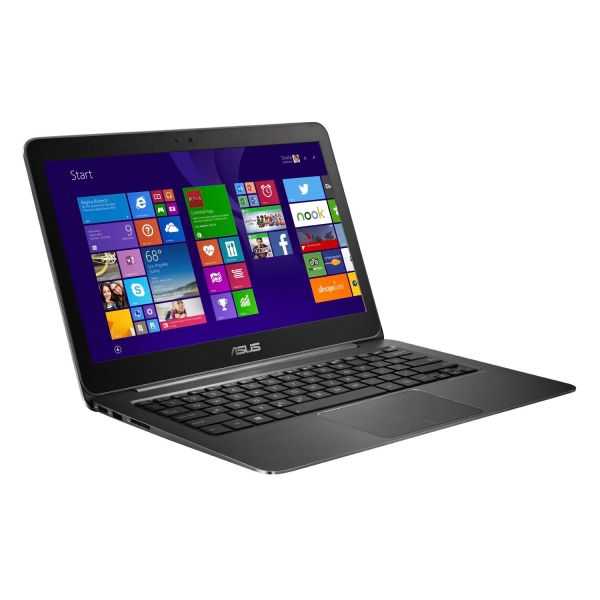 |
| |||
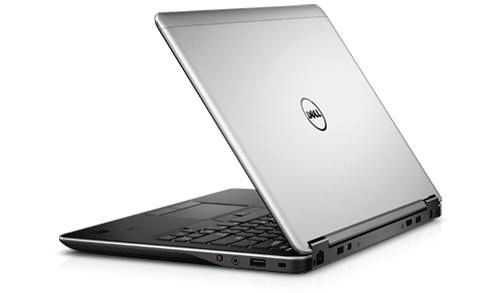 |
| |||
 |
| |||
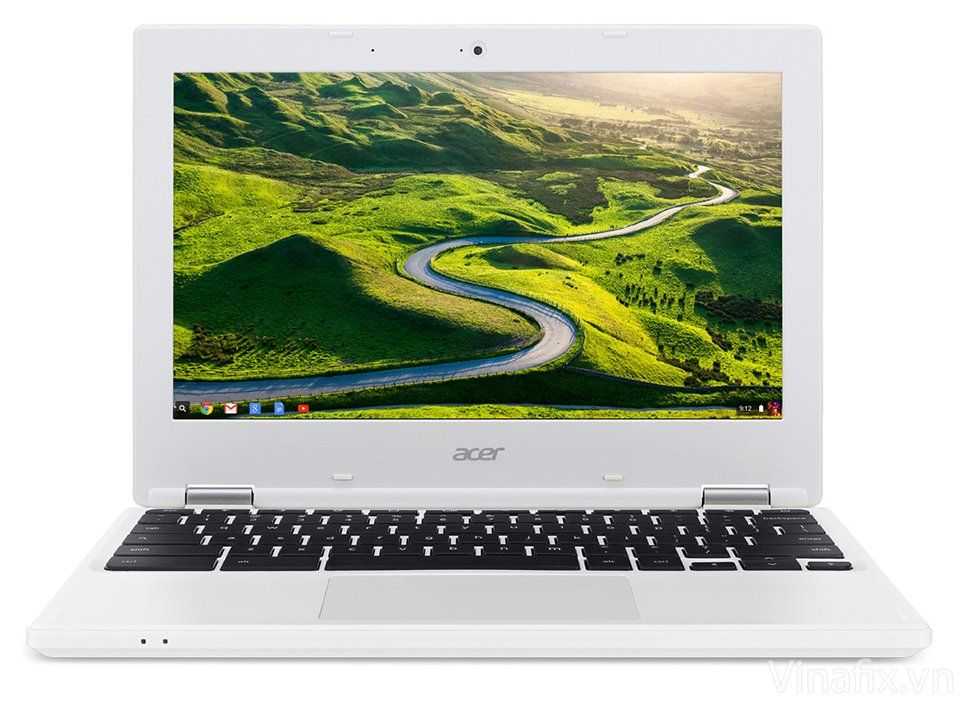 |
| |||
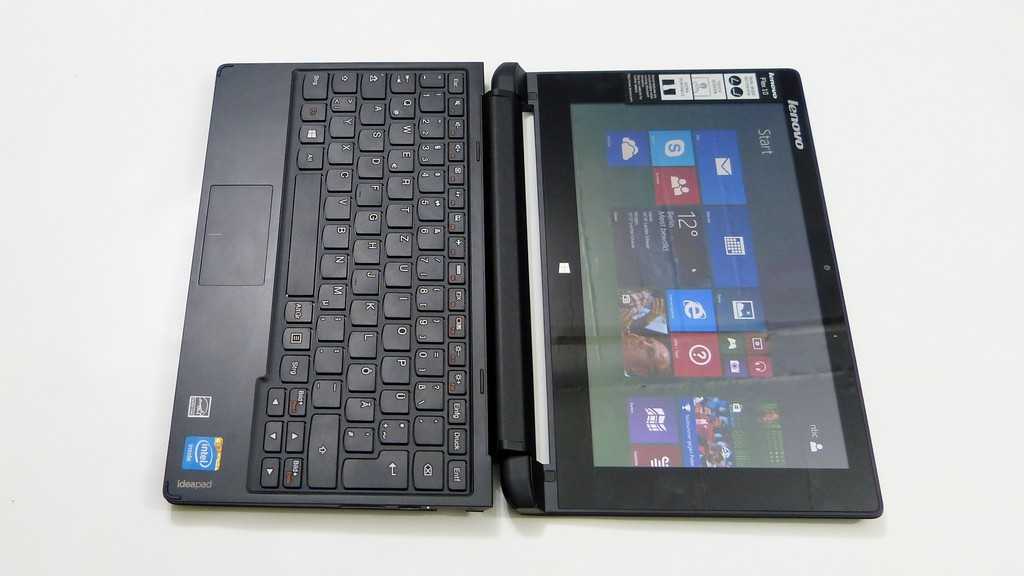 |
|

